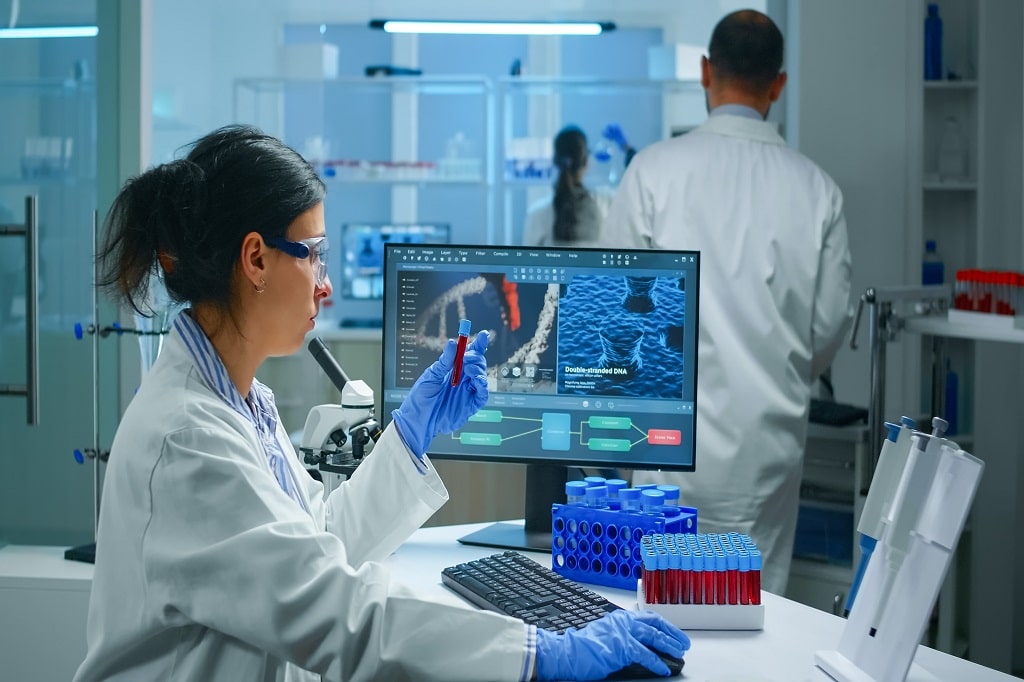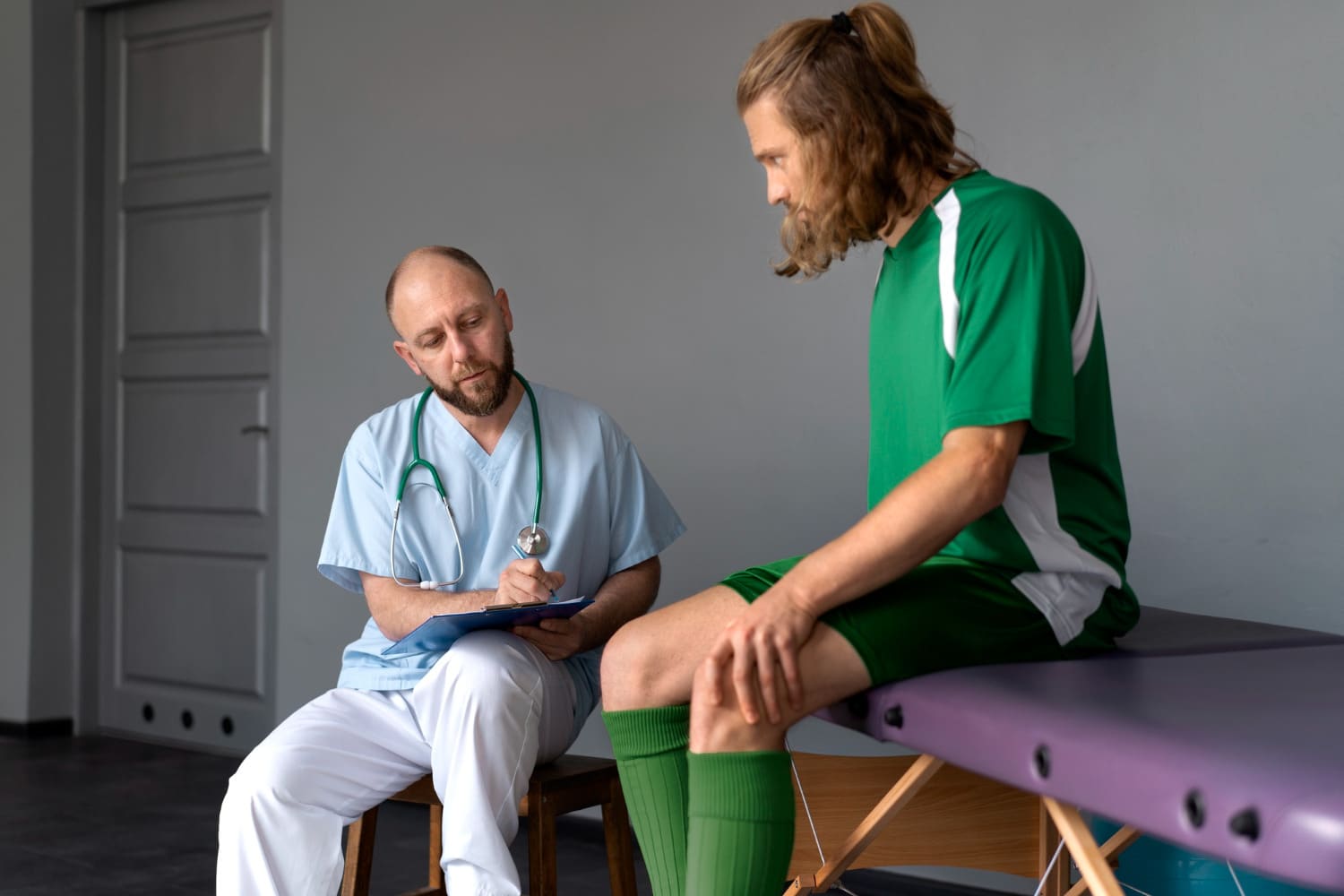
Introduction
In the realm of medical science, regenerative medicine stands as a beacon of hope for patients and researchers alike. It’s a field that holds the promise of not only treating but potentially curing a wide range of diseases and injuries by harnessing the body’s natural healing abilities. This comprehensive overview delves into the fascinating world of regenerative medicine, exploring its history, current advancements, and the boundless potential it holds for the future of healthcare.
What is Regenerative Medicine?
Regenerative medicine is a multidisciplinary field that focuses on harnessing the body’s natural ability to repair, replace, and regenerate damaged or diseased tissues and organs. Unlike traditional medical approaches that often aim to manage symptoms, regenerative medicine seeks to restore the body to its optimal function.
At its core, regenerative medicine leverages the power of the body’s own cells and tissues to stimulate healing and regeneration. This approach is guided by the belief that the human body has an inherent capacity to heal itself, and the role of regenerative therapies is to enhance and accelerate this process.
One of the key components of regenerative medicine is stem cell therapy, a treatment modality that has garnered significant attention for its potential to treat a wide range of medical conditions.
Types of Regenerative Therapies
Regenerative medicine encompasses a variety of approaches, each tailored to specific medical conditions. Some of the most prominent therapies include:
1. Stem Cell Therapy
Stem cells can be isolated, expanded, and then transplanted into damaged tissues to facilitate healing. This approach has shown promise in treating conditions like spinal cord injuries, heart disease, and certain types of cancer.
2. Tissue Engineering
Tissue engineering combines cells, biomaterials, and growth factors to create artificial organs or tissues for transplantation. Researchers are making strides in developing lab-grown organs, such as bladders and tracheas, for patients in need.
3. Gene Therapy
Gene therapy involves altering or replacing faulty genes with healthy ones. It holds great potential for treating genetic disorders like cystic fibrosis and muscular dystrophy.
4. Platelet-Rich Plasma (PRP) Therapy
PRP therapy utilizes the patient’s own blood to isolate and concentrate platelets, which are rich in growth factors. These platelets are then injected into the affected area to accelerate healing. It’s commonly used for sports injuries and osteoarthritis.
5. Small Molecule Drugs
Small molecules, often derived from natural compounds, can stimulate the body’s regenerative processes. Researchers are exploring these drugs for various conditions, including neurodegenerative diseases and diabetes.
What Conditions Can Regenerative Medicine Treat?
Regenerative medicine therapies are useful for most musculoskeletal injuries and degenerative conditions, including:
- Degenerative disc disease
- Knee meniscus tear
- Osteoarthritis
- Plantar fasciitis
- Tennis elbow (lateral epicondylitis)
- Golfer’s elbow (medial epicondylitis)
- ACL (anterior cruciate ligament) tears
- MCL (medial collateral ligament) tears
- Rotator cuff injuries
- Tendinitis
Regenerative Medicine in the 21st Century
In the 21st century, regenerative medicine is poised for unprecedented growth and innovation. Recent advancements in the field have opened up exciting possibilities:
1. Personalized Medicine
Advances in genomics and stem cell research have paved the way for personalized regenerative therapies. By tailoring treatments to an individual’s genetic makeup, researchers can enhance their effectiveness and reduce potential side effects.
2. 3D Bioprinting
3D bioprinting technology allows for the creation of intricate tissue structures, offering a new approach to tissue engineering. Researchers are exploring its applications in printing functional organs for transplantation.
3. Artificial Intelligence (AI)
AI and machine learning are aiding in the discovery of novel regenerative therapies by analyzing vast amounts of biological data. These technologies accelerate research and drug development processes.
4. Organ Preservation
Improved methods for organ preservation are increasing the availability of donor organs, addressing a critical shortage for transplantation.
5. Combination Therapies
Researchers are investigating the synergistic effects of combining various regenerative approaches, such as stem cell therapy and gene editing, to enhance treatment outcomes.
The Future of Regenerative Medicine
The future of regenerative medicine holds incredible promise. Imagine a world where degenerative diseases like Alzheimer’s and Parkinson’s can be halted or even reversed. Envision a healthcare landscape where injuries resulting from accidents or diseases can be healed with minimal scarring and maximum functionality.
Furthermore, regenerative medicine may transform the organ transplant landscape. The dream of having an on-demand supply of lab-grown organs could become a reality, saving countless lives on transplant waiting lists.
Call Our Office to Learn About Your Regenerative Medicine Options
In conclusion, regenerative medicine is a remarkable field that offers hope and healing to individuals suffering from a wide range of medical conditions. Regenerative medicine therapies are a key part of treatment plans for most patients with persistent or severe musculoskeletal pain. If you’re interested in learning more about the potential benefits of regenerative medicine, contact regenerative medicine specialist Miami today, or book an appointment online. OrthoMiami proudly serves patients across Miami, FL, and the surrounding areas.


